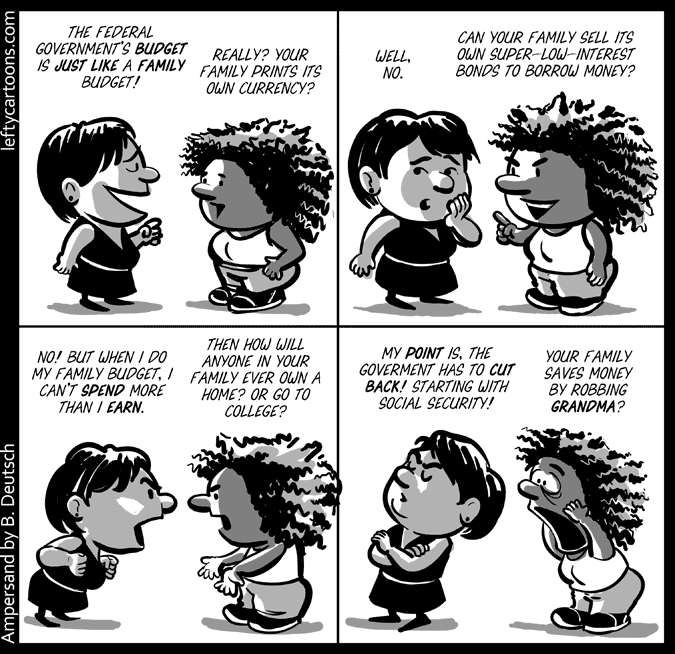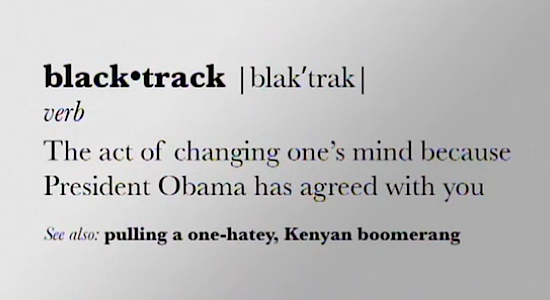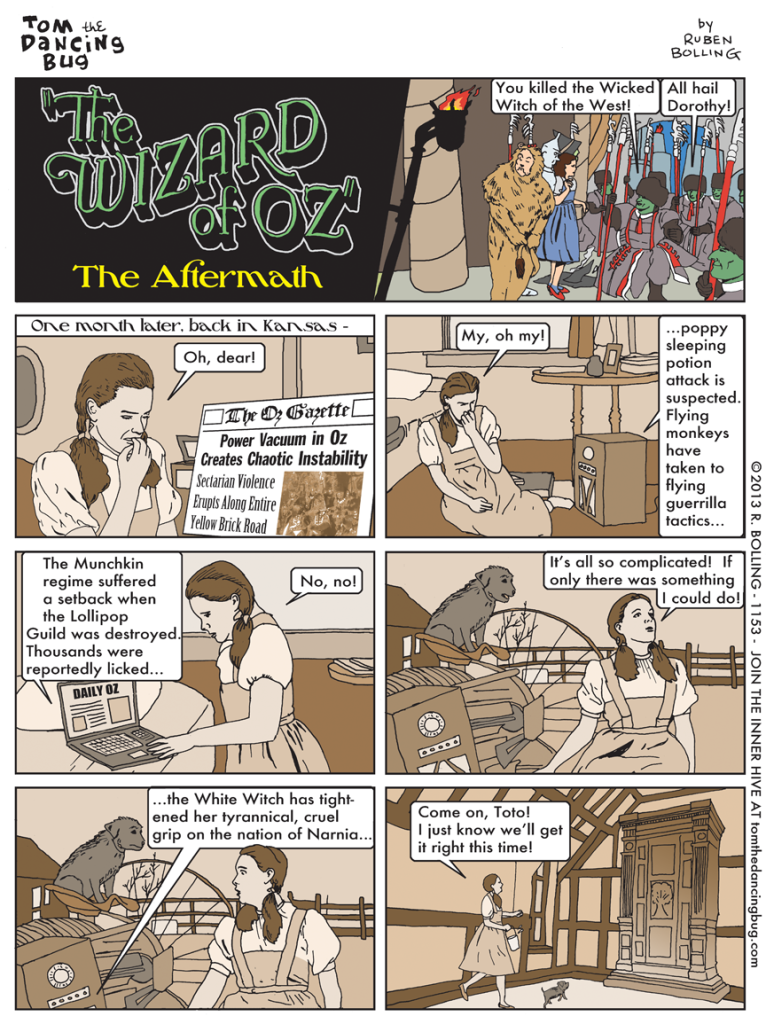“You know what, folks? I miss George W. Bush. That man knew how to sell a war. Obama has hard evidence of weapons of mass destruction and he can’t even get England to go along with it. Meanwhile, President Bush got an international coalition with nothing more than Colin Powell’s reputation and half a test tube of crystal light.” – Stephen Colbert
“President Obama is asking Congress to support a military strike in Syria. If they approve, it will be the first time Congress has officially declared war since Obamacare.” – Jay Leno
“Only 29% of Americans want the U.S. to attack Syria — which on the plus side means that 29% of Americans know there is a place called Syria.” – Stephen Colbert
“All week president Obama has been saying he will seek congressional approval for the strike but he insists he doesn’t really need it. When asked by the media if he was sending mixed messages, the president said: ‘Yes and no’.” – Jay Leno
“President Obama says the lack of response to Syria so far does not threaten his credibility. And you know something, he’s right. The economy, Benghazi, the spying scandal – that threatens his credibility, but this other stuff, no.” – Jay Leno
“Senator John McCain is under fire for being caught playing poker on his smartphone during a Senate hearing on Syria. Even worse, it was strip poker.” – Conan O’Brien
“Senator John McCain was spotted playing poker on his iPhone during a hearing on Syria yesterday. Actually, it turns out it’s not so bad when you hear that another group of senators was playing poker with actual cards.” – Jimmy Fallon
“You know what, Senator? Go. There’s a Rascal scooter and a bucket of quarters with your name on it over at the Golden Nugget. Instead of playing pretend poker in the actual Senate, go to an actual casino and pretend you know what the government should do.” – Jon Stewart
“McCain was playing poker during a hearing. The worst part is that he didn’t even know he was playing poker. He was just trying to text his wife. ‘How’d I lose $1,500 asking Cindy what’s for dinner?'” – Jimmy Fallon
“Senator John McCain, during a Senate session on whether we’re going to teach Syria a lesson, was caught playing online poker. I was stunned. John McCain knows how to use a computer? Really?” – David Letterman
“While some believe it may be inappropriate to play a video game while the committee is deciding whether or not to kill people and potentially start a war, I say it’s John McCain, the man is 114 years old, give him a break. We should be impressed that he is even wearing pants.” – Jimmy Kimmel
“John McCain was caught playing video poker on his iPhone during the Senate hearings the other day. Everybody is criticizing McCain, but compared to what other politicians are doing on their iPhones, that’s not so bad, OK?” – Jay Leno
“Senator John McCain got caught in an embarrassing moment yesterday. A photographer caught him playing poker on his phone during the first public hearing on the potential action in Syria. Sounds like something Anthony Weiner would have been caught doing.” – Jimmy Kimmel
“Mister peter tweeter, Anthony Weiner, got in a big confrontation with a voter in New York City today. Weiner said to this guy, ‘You have no right to judge me.’ Really? I don’t think Weiner understands how voting works. That’s what they’re doing, they’re judging you.” – Jimmy Fallon
“Anthony Weiner turned 49 years old today, marking one of the two days of the year that Weiner is the one who is receiving lots of packages.” – Jimmy Fallon
“A new study found that using Facebook has actually changed how our brains work. Yeah, it’s true. Before Facebook, when you said you liked something, you actually did.” – Jimmy Fallon
“The new season of ‘Sesame Street’ will focus more on problem solving. When he heard that, Obama said, ‘What time’s that show on?'” – Jimmy Fallon
“They announced the new cast of ‘Dancing With the Stars’ this morning. As is the custom, President Obama introduced the new cast at a press conference on the White House lawn.” – Jimmy Kimmel







